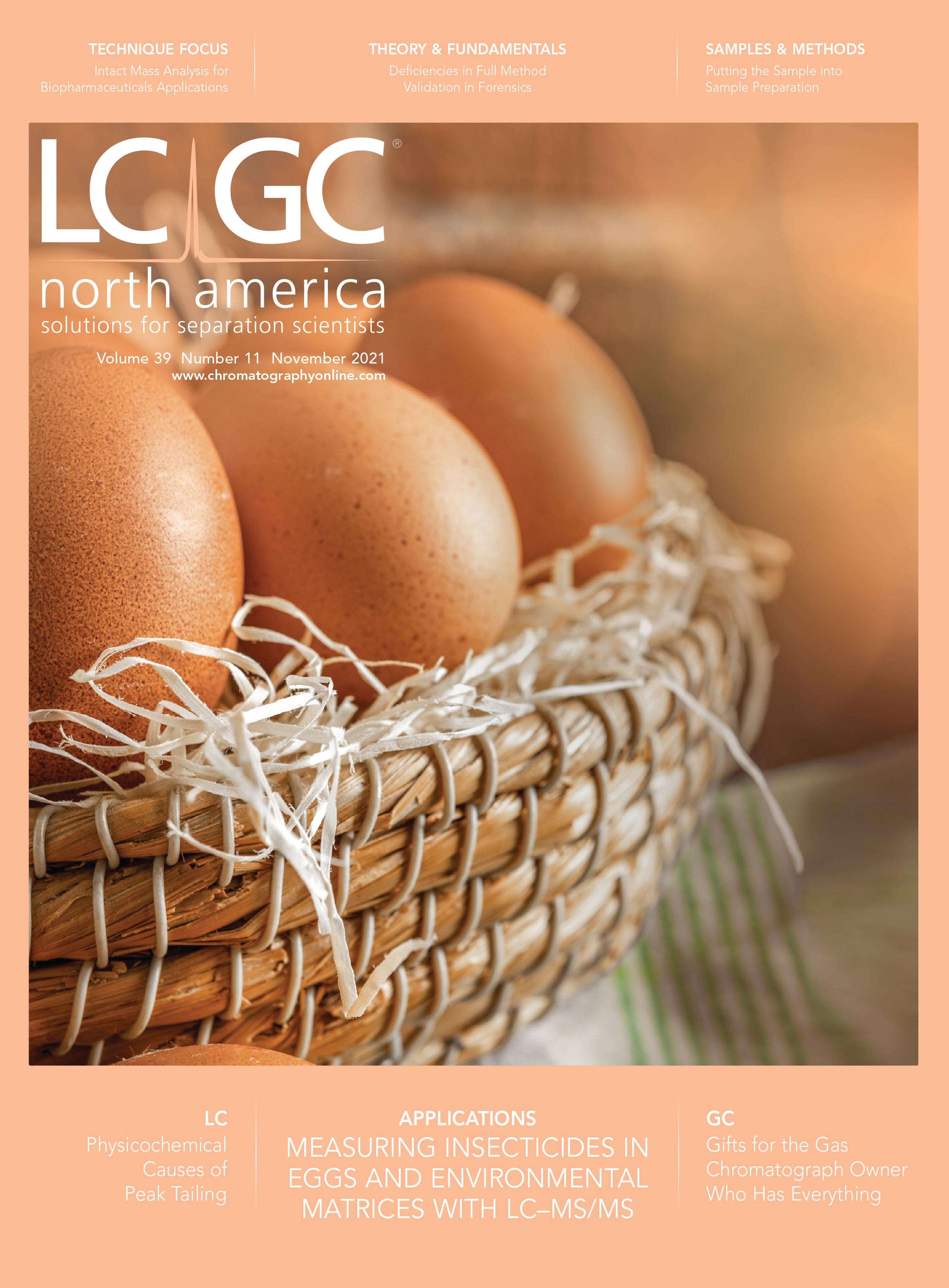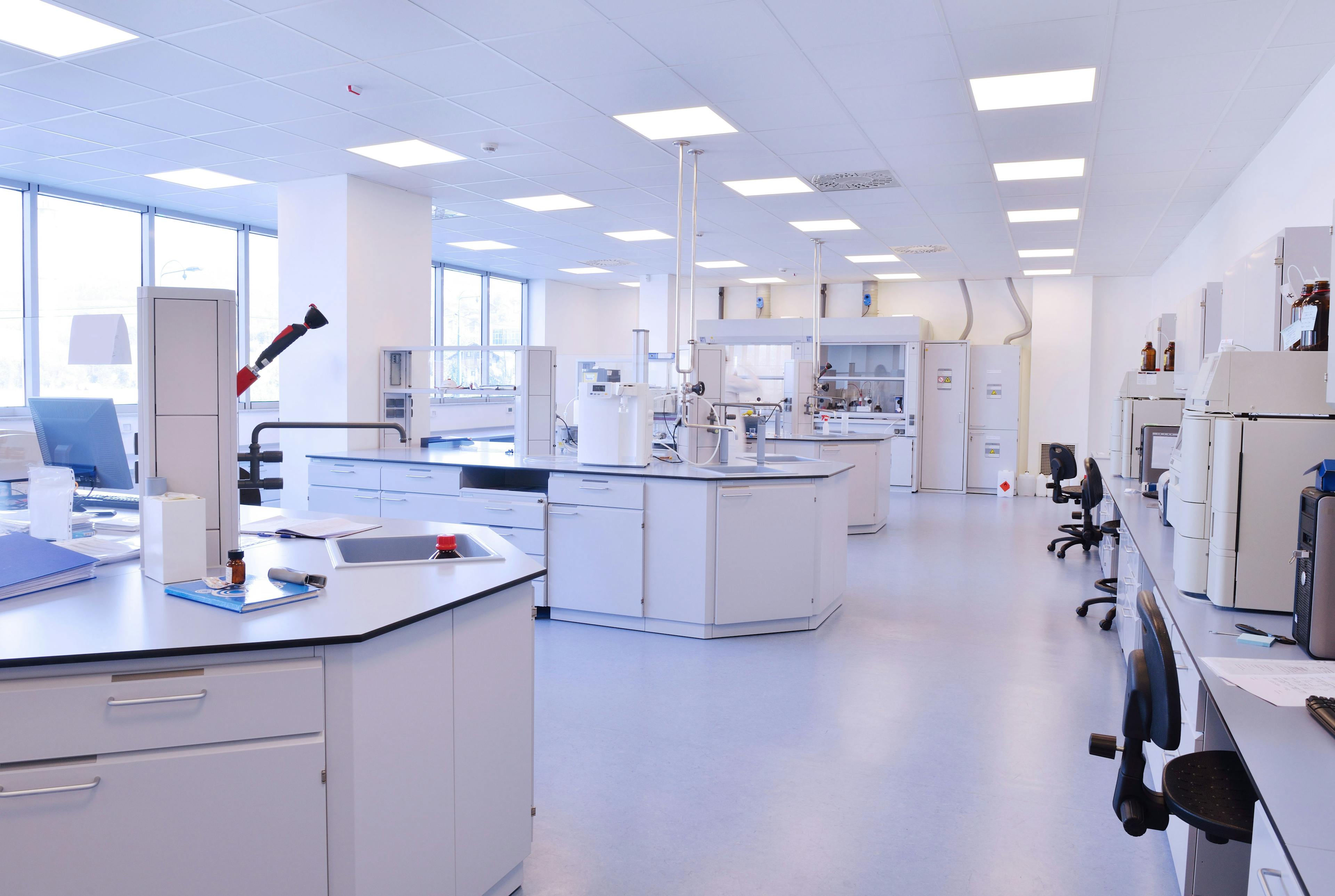Full Method Validation Is Still a Glaring Deficiency in Many Forensics Laboratories
Those of you in the analytical science community are likely familiar with the concept of method validation. If you have developed a new quantitative method, it is almost impossible to publish it without extensive validation information. The extensiveness of validation can be somewhat dictated by the complexities of the method. For example, sample preparation procedures that contain multiple steps should be evaluated for their efficiencies and recoveries to help ensure that an accurate result is rendered.
A problem I regularly encounter when evaluating forensic chemical analysis cases is the lack of adequate evaluation of matrix-matched samples during method validation. A variety of steps should involve the analysis of blank or fortified matrix-matched samples to evaluate the specificity of the method and its subjectivity to matrix effects or changes in the analysis exerted by the presence of interferences in the sample. Chemicals other than those of primary interest for the determination in a sample (in other words, the sample matrix) can alter the final signal of the target analyte or internal standard in many different ways.
Blood drug determination by liquid chromatography–mass spectrometry is famously prone to matrix effects associated with ionization efficiency. That is why stable isotopically labeled internal standards are a must for those determinations. Yet, matrix components for many types of chemical instrumental measurements can exert effects throughout the process from sample preparation, through chemical separation, to final detection of signals. The method validation steps involving the measurement of fortified matrix samples are key for establishing lack of interferences (in other words, specificity).
Sometimes, matrix effects can be subtle. Five years ago, I wrote about a case where matrix effects yielded statistically significant differences in the response of an n-propanol internal standard, when measured from neat solutions compared to when it was analyzed from real blood samples, for blood alcohol measurements (1). This matrix effect appeared to, on average, cause all blood alcohol determinations on that instrument to be reported 20% higher than they likely were. The laboratory in question never used fortified matrix samples in their validation, thus, they had no knowledge of this bias. The sad thing is that I have encountered this instrument again a few years ago. I was able to show the same matrix effect and bias in the data, as I had seen years prior. That instrument has likely been reporting high biased blood alcohol results since its initial routine use, starting in 2011.
Another common problem with the lack of evaluating blank or fortified matrix-matched samples during blood alcohol measurement validation and routine use is that specificity can often not be demonstrated. Most forensics laboratories use flame ionization detection (FID) for their gas chromatograph. A FID instrument responds to anything carbon-containing that is eluted from the column. Often one observes extra so-called “ghost peak” signals present in around the chromatogram near the ethanol peak and the internal standard peak when real samples are analyzed. These may be present or absent in various neat samples, but if a blank fortified matrix sample was never analyzed to show there are no background signals present at the retention times of ethanol and the internal standard, then there is no way to guarantee the accuracy of the result. Small or large coelutions of interferences with ethanol or the internal standard can have a marked and very unpredictable effect on the final calculated result of the measurement. ANSI/ASB Standard 036 (2), the most complete and up-to-date guide for forensic method validation, specifies that blank matrix samples from a minimum of ten different sources be evaluated during method validation to establish the specificity, or the lack of interferences, for the method. I think I have seen that level of validation documented in forensics discovery documents only once or twice.
Forensics chemical measurement methods are generally pretty straightforward and should be reliable. There are well prescribed and straightforward ways to show the method is reliable vis-à-vis Standard 036 guidance. It just seems wrong that measurement results shown deficient in some aspect of method validation should be allowed to stand; especially, if they are called into question based on some aspect of a particular case sample, like the presence of ghost peaks. If the appropriate steps were not taken to ensure specificity of the method, then specificity should be doubted, and the reliability of the result should be doubted.
In the end, it always seems like a game about how much deficiency in the forensics chemical analysis process a court or jury will tolerate. In my opinion, the chemical analysis should be one of the most reliable pieces of evidence in the case; it is a shame to see that it often is not, because a forensics laboratory apparently decided to cut some corners.
References
(1) K.A. Schug, “Indisputable Case of Matrix Effects in Blood Alcohol Determinations.” The LCGC Blog. Sept. 7, 2016.
(2) ANSI/ASB Standard 036, First Edition 2019. Standard Practices for Method Validation in Forensics Toxicology. Microsoft Word - 036_Std_e1 (asbstandardsboard.org) (Accessed August 16, 2021).
Kevin A. Schug is a Full Professor and the Shimadzu Distinguished Professor of Analytical Chemistry in the Department of Chemistry & Biochemistry at The University of Texas at Arlington. Direct correspondence to: kschug@uta.edu

Common Challenges in Nitrosamine Analysis: An LCGC International Peer Exchange
April 15th 2025A recent roundtable discussion featuring Aloka Srinivasan of Raaha, Mayank Bhanti of the United States Pharmacopeia (USP), and Amber Burch of Purisys discussed the challenges surrounding nitrosamine analysis in pharmaceuticals.
Extracting Estrogenic Hormones Using Rotating Disk and Modified Clays
April 14th 2025University of Caldas and University of Chile researchers extracted estrogenic hormones from wastewater samples using rotating disk sorption extraction. After extraction, the concentrated analytes were measured using liquid chromatography coupled with photodiode array detection (HPLC-PDA).













